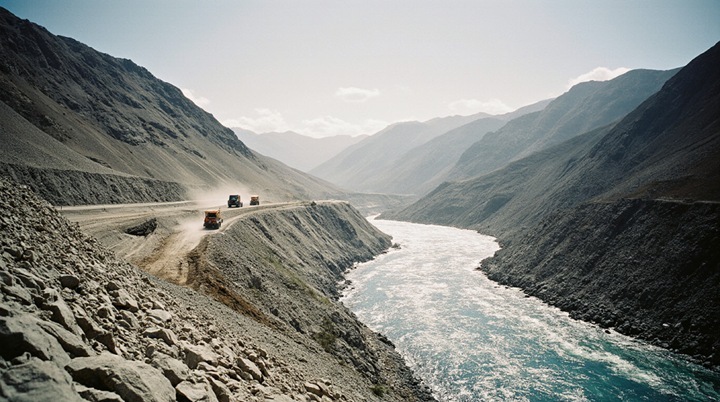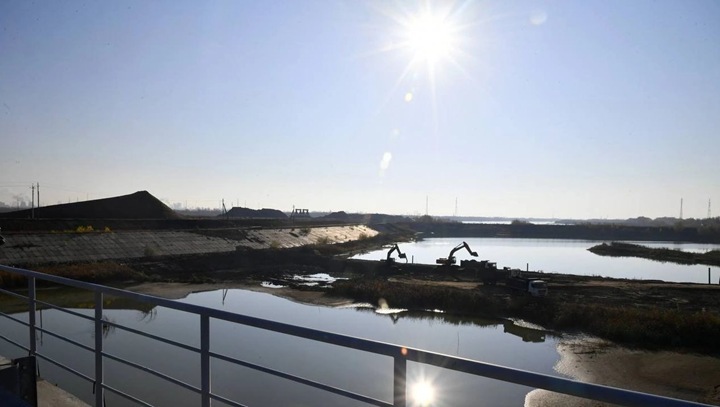Hydropower of Uzbekistan: megawatts in exchange for the future of rivers?
The Uzbek authorities are once again announcing ambitious plans to expand the country’s hydropower potential. According to the official press service of the President of Uzbekistan Shavkat Mirziyoyev, by the end of 2025 new hydroelectric power stations with a total capacity of 162 MW will be built in the republic. The projects that are planned to be implemented in Tashkent, Namangan, Kashkadarya and Surkhandarya regions should provide additional generation of 648 million kWh of electricity, which is supplied as a significant step towards energy independence and the development of a “green” economy.

However, it is worth recalling that hydropower carries significant and often irreversible environmental risks. The construction of dams radically changes river ecosystems, turning dynamic waterways into a chain of artificial reservoirs. This leads to disruption of the natural migration routes of fish, changes in the temperature and chemical regime of water, as well as to the retention of silt and sediment, which are vital for the fertility of floodplain lands downstream.
Experts and eco-activists are most concerned about the complete absence of comprehensive and independent environmental impact assessments (EIA) for the announced projects in the public space. EIA is a key tool that allows you to calculate in advance and minimize potential damage to nature, as well as assess social consequences, such as possible flooding of territories and resettlement of people. Without an open discussion of the results of such studies, society is deprived of the opportunity to understand what the real price of new megawatts will be. It is not known which rivers will be blocked, which unique natural landscapes may be threatened and how the construction will affect the water balance in the region, which already suffers from a shortage of water resources. The decision to build a hydroelectric power station without a broad public and expert discussion looks like a bet on short-term economic benefits to the detriment of long-term environmental stability.
Alexander Eskendirov (Rivers.Help!)
Original (in Russian): Гидроэнергетика Узбекистана: мегаватты в обмен на будущее рек?


